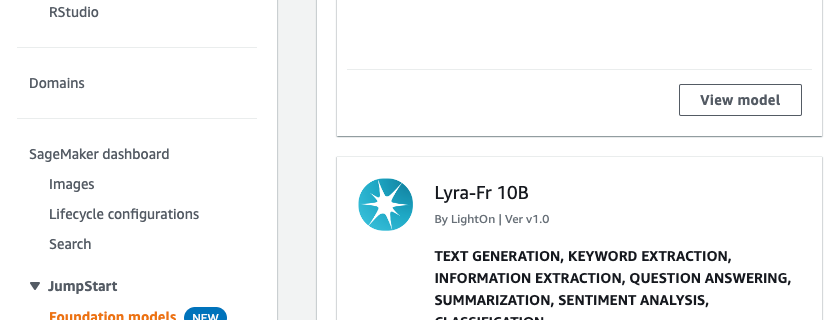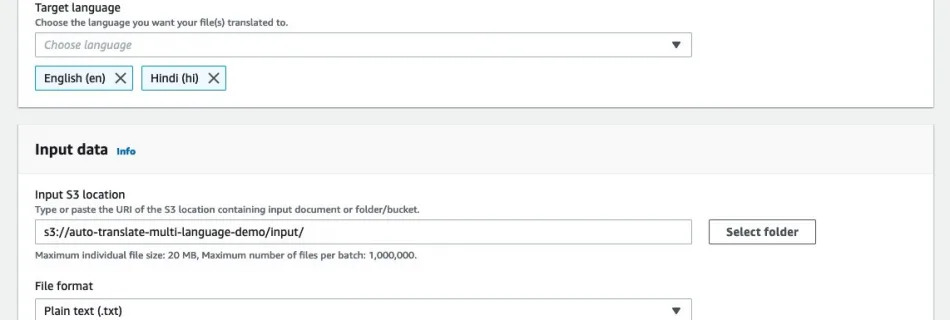New and Improved Embedding Model
We are excited to announce a new embedding model which is significantly more capable, cost effective, and simpler to use. The new model, text-embedding-ada-002, replaces five separate models for text search, text similarity, and code search, and outperforms our previous most capable model, Davinci, at most tasks, while being priced 99.8% lower. Read documentation Embeddings …







